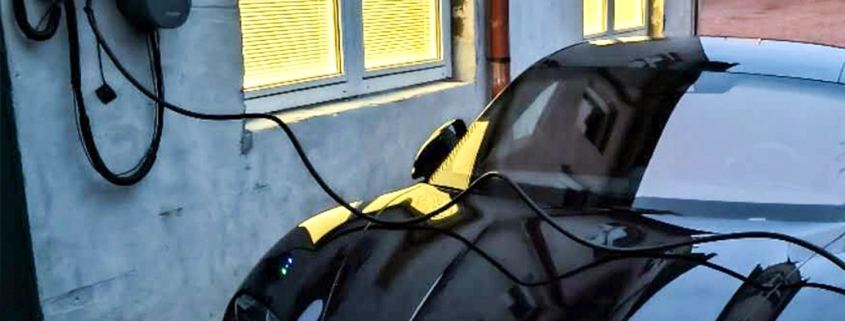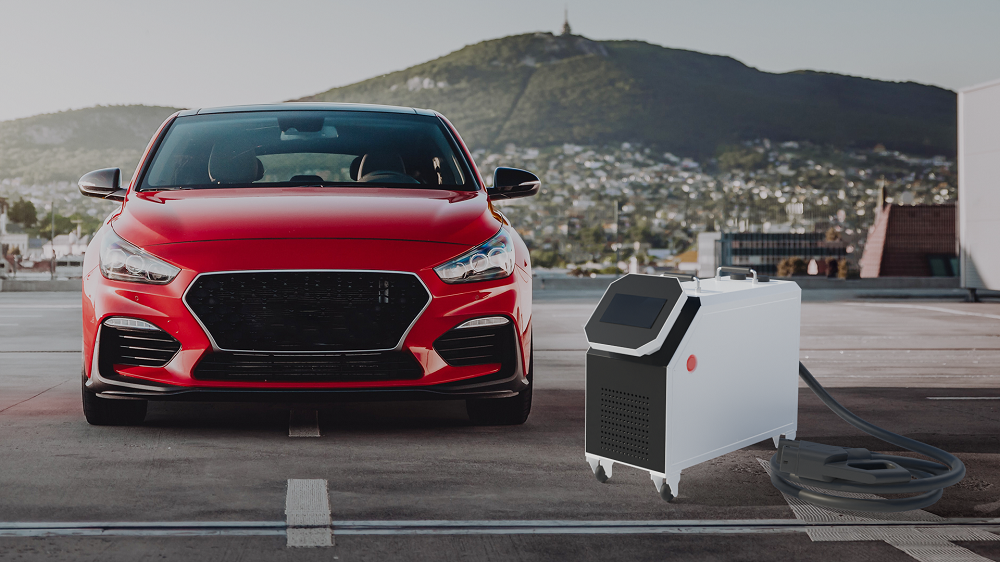A Guide to EU Household EV chargers
As people become more environmentally aware, they’re beginning to use less nonrenewable energy sources – and sales of electric vehicles (EVs) are rising quickly across Europe. To make them truly sustainable modes of transport though, more suitable home EV chargers must be provided that enhance people’s charging experiences. This guide aims to explore three factors that EU countries need to keep in mind before purchasing home chargers: efficiency, cost, and convenience.
Selecting an EV Charger Correctly
European demand for EVs is on an explosive trajectory, according to estimates by the European Automobile Manufacturers’ Association (ACEA), where over 1.5 million EVs will be sold within the EU in 2023 for full-year sales, which represents a year-on-year growth rate of 37%. Professional organizations expect market shares for EU EVs to surpass 20% by 2024. Continuing growth means increased home charging facilities as demand surges exponentially.
Energy-efficient EV chargers reduce reliance on fossil fuels and exhaust gas, while simultaneously improving sustainability development. Electricity provides cleaner energy solutions than diesel or gasoline and can come from various sources like wind turbines and solar panels. Not to mention more environmentally friendly driving processes, when using an EV rather than its fuel counterpart, its emissions during driving are reduced significantly, and zero emissions are achieved. As a bonus, choosing high-efficiency chargers allows EV owners to further decrease their carbon footprint and contribute towards creating a greener future.
What Types of EU Home EV Chargers Exist?
According to their charging modes, there are four categories of EU EV chargers in Europe: charging modes 1, 2, 3, and 4. Based on output voltage, there are two types of European electric vehicle chargers: alternating current(AC) chargers and direct current(DC) fast chargers.
What are The Most Commonly Used EV Chargers in Europe?
Type 2 connectors (also called Mennekes connectors) have become the European standard for AC charging. Compatible with both single-phase and three-phase charging, the device can be widely utilized for public charging stations, workplace charging, home charging, or anywhere else a charger may be necessary across Europe.
AC Charger or DC Fast Charger?
The power of an electric vehicle directly determines its charging speed. AC chargers tend to be much less powerful than DC chargers and tend to be used more for home charging solutions than public stations.
DC fast chargers for EVs provide DC power directly to an EV’s battery, enabling owners to quickly recharge their batteries during long drives.
Residential Charger Installation Options: Wall Chargers or Portable Chargers
Due to variations in how residential chargers are installed, EV drivers have two options for charger installation: wall and portable. Wall-mounted chargers typically fasten securely to walls or pedestals as dedicated charging points for their vehicles. Portable ones are more flexible, particularly those designed to charge home energy storage systems, such as Joint’s EVD300, which utilizes CCS 2 charging technology to deliver up to 20 kW of power. With four wheels conveniently fitted at its base, it makes transport easy for its user.
Consider Charger Efficiency
Electric vehicle chargers operate at various rates. Fast chargers may reduce charging time but tend to use more energy, incurring higher power costs in return. Charging speeds determine how quickly a battery can be recharged. DC fast chargers have higher output power so can provide more energy in less time.
AC Chargers Vs DC Fast Chargers
In Europe, charging modes 1-3 typically feature lower power output and longer charging times compared to fast chargers like model 4 rapid chargers; although fast chargers may have faster charging speeds, they tend to consume more energy, which ultimately results in higher electricity bills compared with model 1-3 chargers, which tend to be more cost-effective when charging at home at night. When selecting a charger, it is important to keep several factors, such as charging speed, energy consumption, and operating costs, into consideration before making your selection decision.
Cost Factors
Balancing Installation and Equipment Costs
The installation costs of an electric vehicle charger include both equipment and installation expenses.
Cost of Electric Vehicle Charging Equipment
When it comes to charging equipment costs, DC EV charger prices vary widely depending on the brand, charging model, and features of the charger. DC chargers tend to be more costly, while home EV chargers tend to be more affordable options.
Prices of Home Chargers in Europe
Home EV chargers come in various varieties and price points to meet different consumer budgets and preferences. Charging mode1 and charging mode2 chargers tend to be less costly for those on tight budgets who only require basic functionality. Higher-end options may include features like an appointment and plug-and-charge charging, which provide an easier charging experience but at an increased price tag.
Considerations of Convenience Issues
Charger Installation Locations: Balancing Convenience and Charging Efficiency
EU countries have generally adopted Type 2 (IEC 62196) AC charging sockets as their main standard, making them widely compatible and used both at home charging facilities and public stations. Furthermore, DC fast charging technology is gradually being promoted across Europe to meet growing demands for faster charging times.
Install your charger in an accessible and safe location, such as a garage or driveway for optimal performance, where vehicles can easily park while charging. Wall-mounted chargers should also be placed near a power source while being within range of the charging port on your vehicle for optimal charging experience. Moreover, to ensure a safe process, the installation location must also offer ample lighting conditions and ventilation without obstructions or impediments to charging.
Features of the Charger: Remote Control and Schedule Charging
Home EV chargers with smart features such as remote control and charging appointments provide greater convenience and user experience for EV drivers. Drivers can use smartphone applications to track charging usage, monitor power usage, make payments, and monitor power consumption, making managing home EV chargers simpler for consumers.
Conclusion
When selecting a European-compliant home EV charger for your EV, take into account its efficiency, cost, and convenience. Drivers make informed decisions based on their individual needs and budget. With the continued advancement of EV technology, we anticipate more intelligent yet efficient and convenient charging solutions in the future.





Leave a Reply
Want to join the discussion?Feel free to contribute!